Enjoy the videos and music you love, upload original content, and share it all with friends, family, and the world on YouTube.
Get the latest international news and world events from around the world.
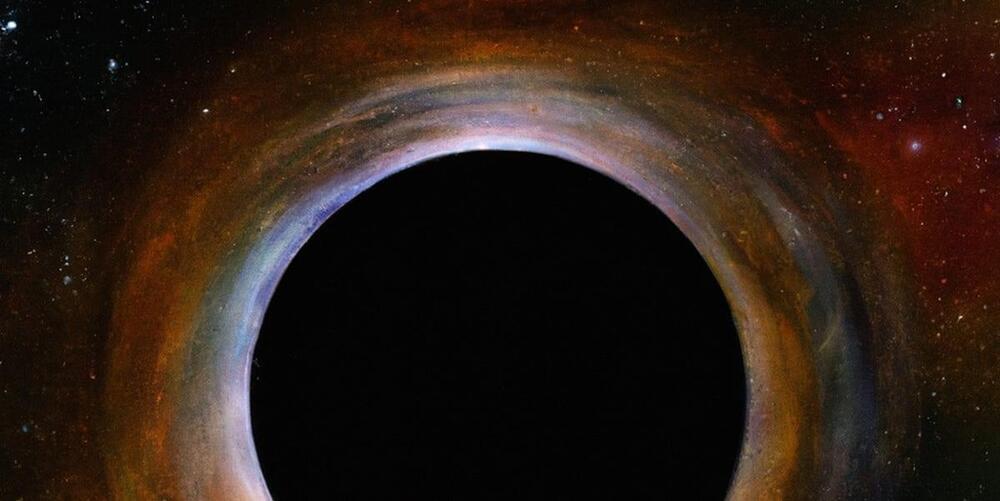
Black Holes Could Be Back Doors to Other Universes, Scientist Claims
SCATTERED THROUGHOUT THE UNIVERSE are ravenous black holes that pull gas, dust, light and even other black holes into their maw, never to be seen again. Like a riptide pulling swimmers out to sea, the gravity inside a black hole pulls matter past a point of no return, called the event horizon, and condenses it so tightly that physics as we know it begins to break down, creating a “singularity.” It’s this singularity, in particular, that troubles physicists because it throws their most important theories about the universe into question.
That’s why theoretical physicist Nikodem Poplawski, Ph.D., asked a big question back in 2010: what if black holes don’t contain a singularity at all? Instead, Poplawski’s theory suggests, the center of a black hole could contain a pathway into another universe. Weirder yet, his theory predicts that this may be how our own universe was created.
A paper describing this work, titled “Radial motion into an Einstein–Rosen bridge,” was published 14 years ago in the journal Physics Letters B. While the theory captured attention at the time, this topic is still rather niche among physicists. Many researchers have either moved on, or have never heard of the idea to begin with.
Regenerative Med & Tissue Bioengineering Thought Leader Stream — Progress, Potential & Possibilities
Enjoy the videos and music you love, upload original content, and share it all with friends, family, and the world on YouTube.
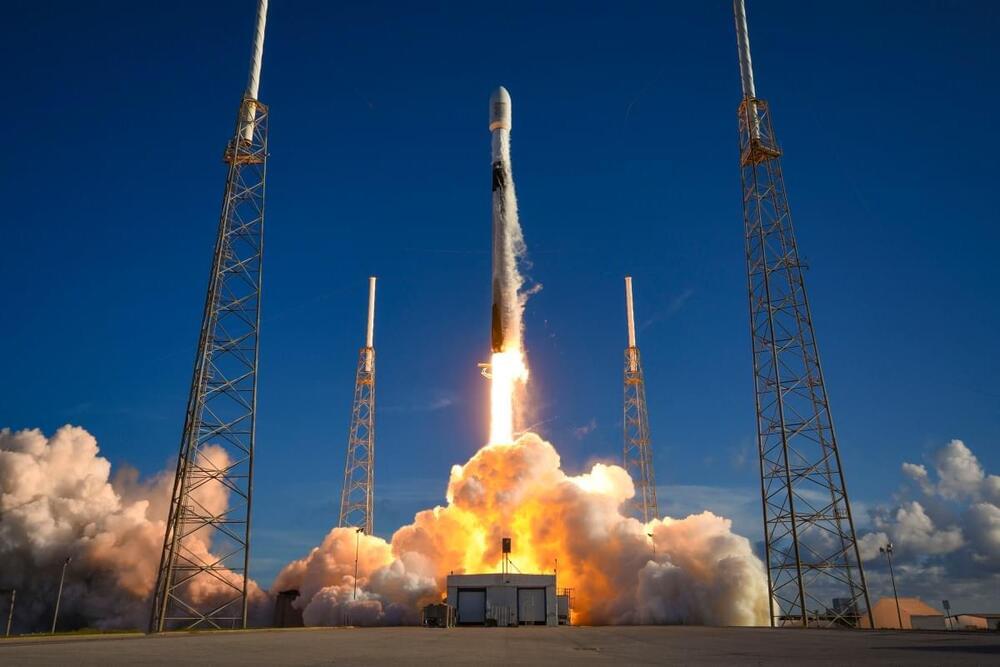
SpaceX wins $733M Space Force launch contract
SpaceX was awarded an eight-launch, $733 million contract by the U.S. Space Force on Friday, as part of an ongoing program intended to foster competition among launch providers.
The award includes seven launches for the Space Development Agency and one for the National Reconnaissance Office, all anticipated to use Falcon 9s and occur no earlier than 2026.
The massive new contract is part of a U.S. Space Force Space Systems Command (SSC) program with the catchy name of “National Security Space Launch Phase 3 Lane 1.” This third round of contracts was split into two lanes last year: Lane 1, for lower-risk missions and near-Earth orbits; and Lane 2, for heavy-lift missions and the more demanding orbits.
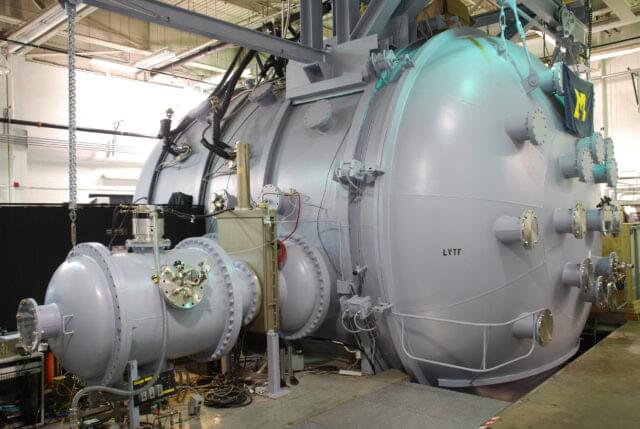
Space Force funds $35M institute for versatile propulsion at U-M
This sounds very promising! The researchers are investigating the use of nuclear microreactors to power faster and more efficient electric propulsion systems.☢️🚀
To develop spacecraft that can “maneuver without regret,” the U.S. Space Force is providing $35 million to a national research team led by the University of Michigan. It will be the first to bring fast chemical rockets together with efficient electric propulsion powered by a nuclear microreactor.
The newly formed Space Power and Propulsion for Agility, Responsiveness and Resilience Institute involves eight universities, and 14 industry partners and advisers in one of the nation’s largest efforts to advance space power and propulsion, a critical need for national defense and space exploration.
Right now, most spacecraft propulsion comes in one of two flavors: chemical rockets, which provide a lot of thrust but burn through fuel quickly, or electric propulsion powered by solar panels, which is slow and cumbersome but fuel efficient. Chemical propulsion comes with the highest risk of regret, as fuel is limited. But in some situations, such as when a collision is imminent, speed may be necessary.
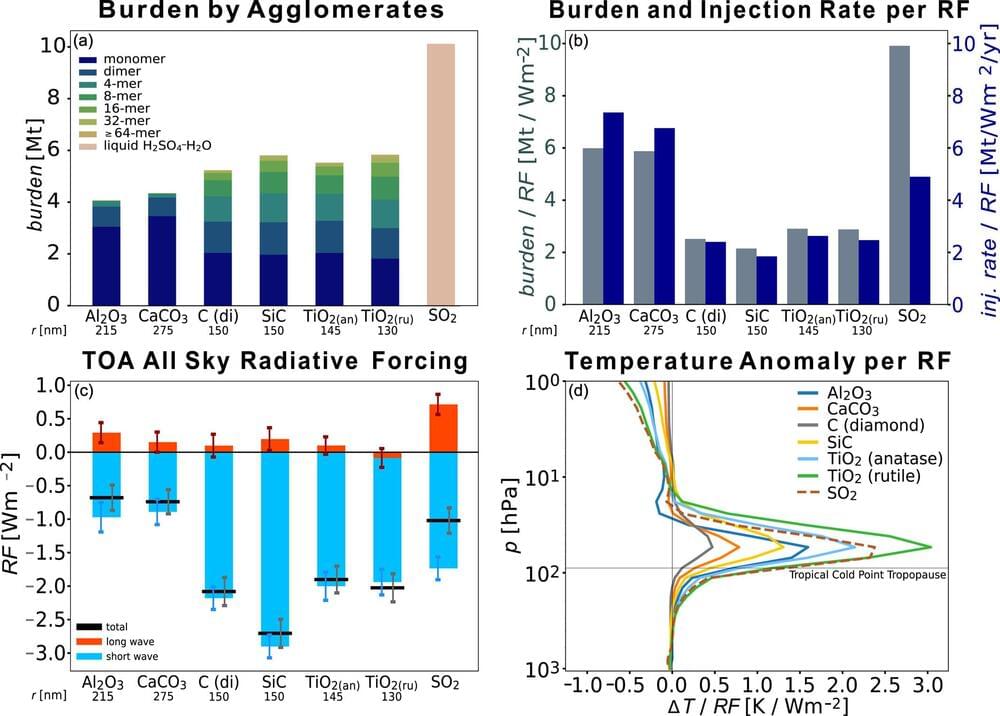
Could injecting diamond dust into the atmosphere help cool the planet?
A multi-institutional team of climatologists, meteorologists and Earth scientists has found evidence that dropping diamond dust from an airplane into the atmosphere could cool the planet. In their study published in the journal Geophysical Research Letters, the group used 3D climate models to compare aerosols that might be used to cool the planet.
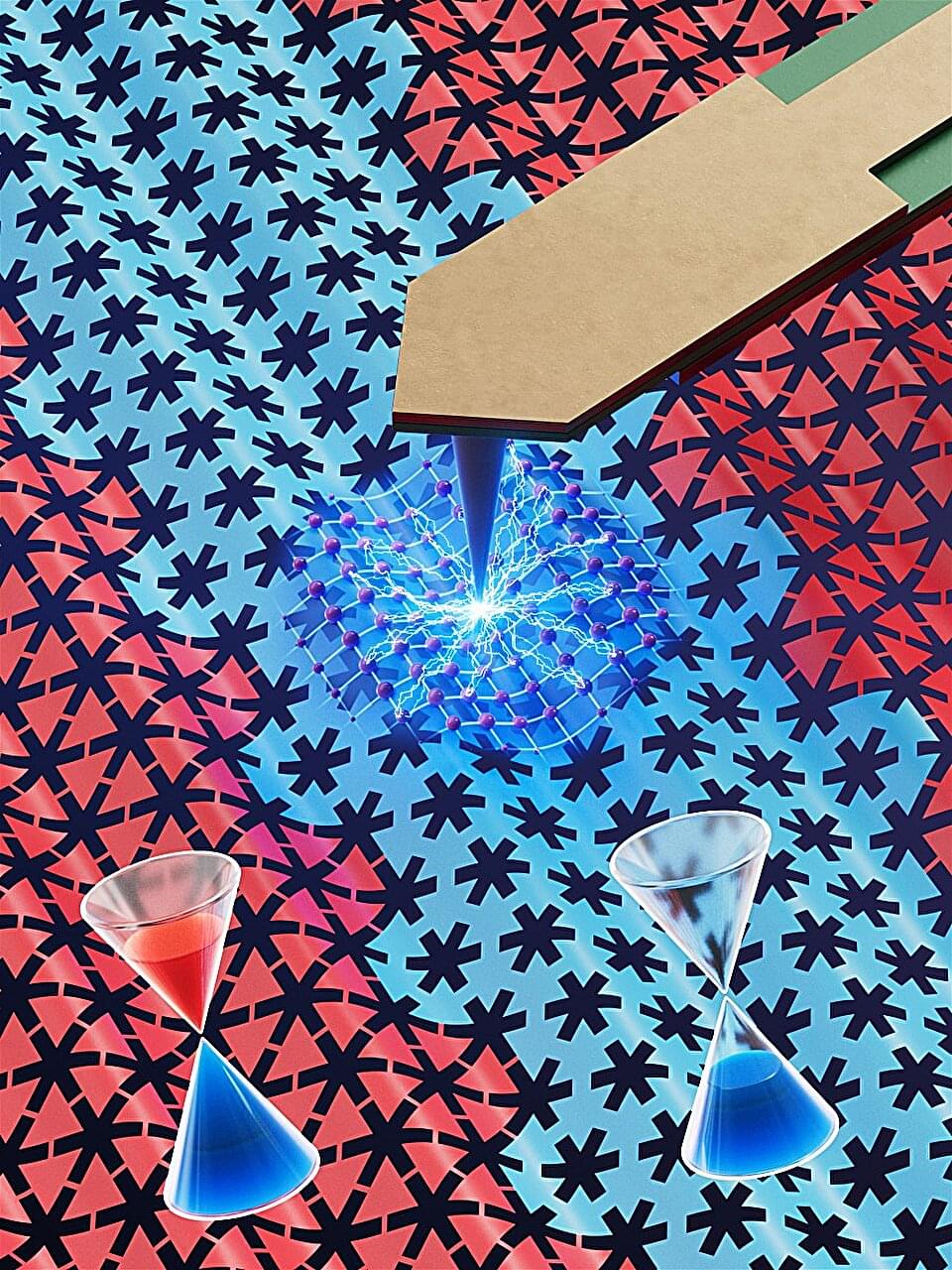
Controlling sound waves with Klein tunneling improves acoustic signal filtration
Jeramy Windle
In the context of sensory modalities, eyes work like tiny antennae, picking up light, electromagnetic waves traveling at blistering speeds. When humans look at the world, their eyes catch these waves and convert them into signals the brain reads as colors, shapes, and movement. It’s a seamless process, that allows people to see details clearly even when there’s a lot happening around them.
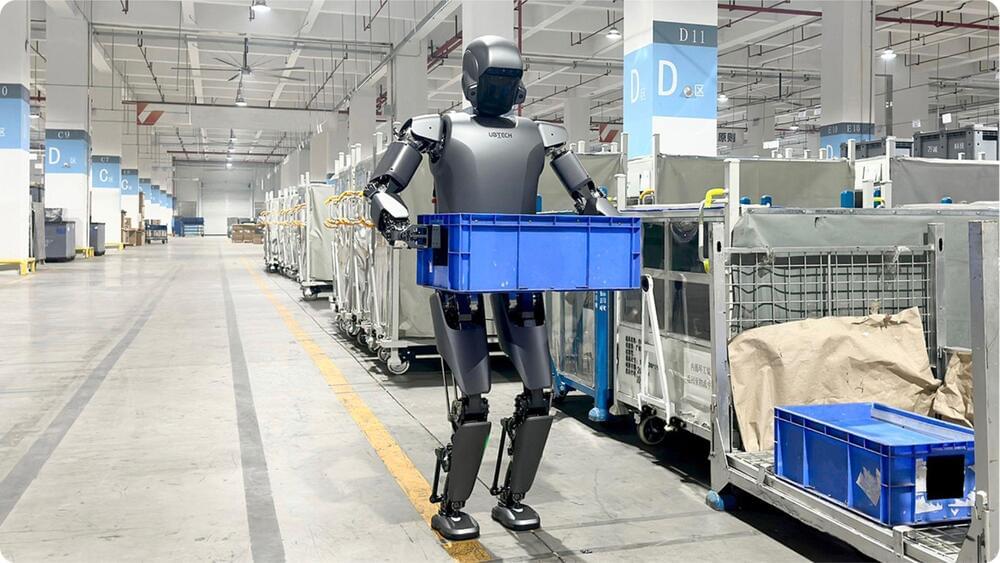
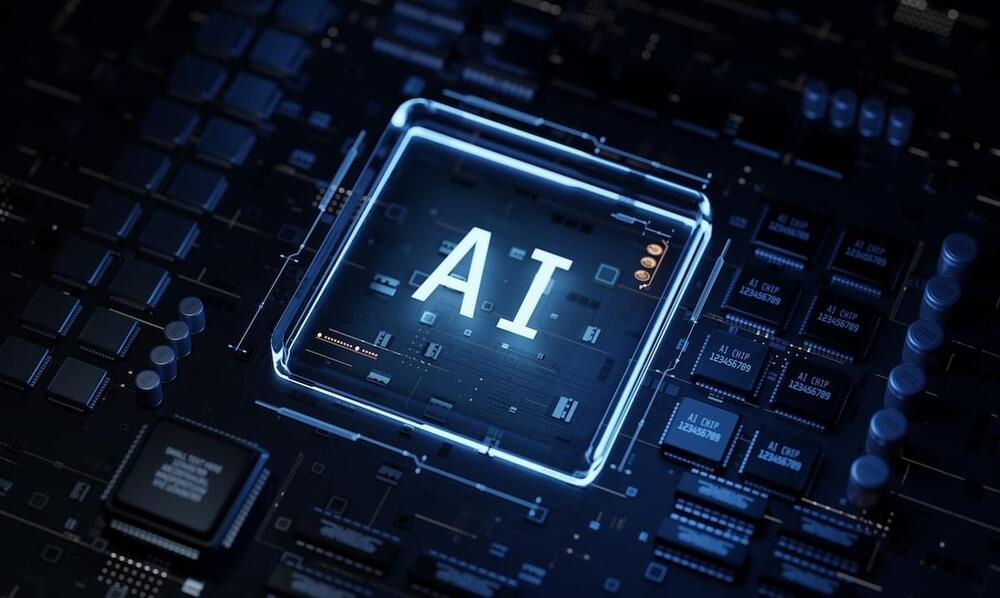
AI Explained: AI Agents Are Quietly Taking Over Everyday Tasks
Although UBTech is leaving 10% of work for humans in management, other AI tech is being specifically developed for that niche: OpenAI’s new framework, Swarm, allows AI agents to collaborate and independently execute complex tasks, potentially boosting business efficiency.
Artificial intelligence agents are everywhere, quietly reshaping industries and automating tasks we didn’t think possible a few years ago. Unlike basic automation, these AI agents can handle complex jobs, think independently and learn from their environment. The result? Healthcare, finance and logistics businesses are seeing rapid gains in efficiency — and, in some cases, doing away with manual work altogether.
What are AI agents exactly? They’re software programs that carry out specific tasks without constant supervision. Whether handling customer requests, diagnosing medical conditions or predicting market trends, AI agents are versatile workhorses. Instead of waiting for humans to input every command, these agents operate autonomously, reacting to real-time data and adjusting their actions accordingly.
Microsoft recently unveiled new AI tools allowing healthcare organizations to build customized AI agents for appointment scheduling, clinical trial matching, and patient triage. These agents are designed to streamline workflows and improve efficiency, helping healthcare providers manage workloads and enhance patient care.
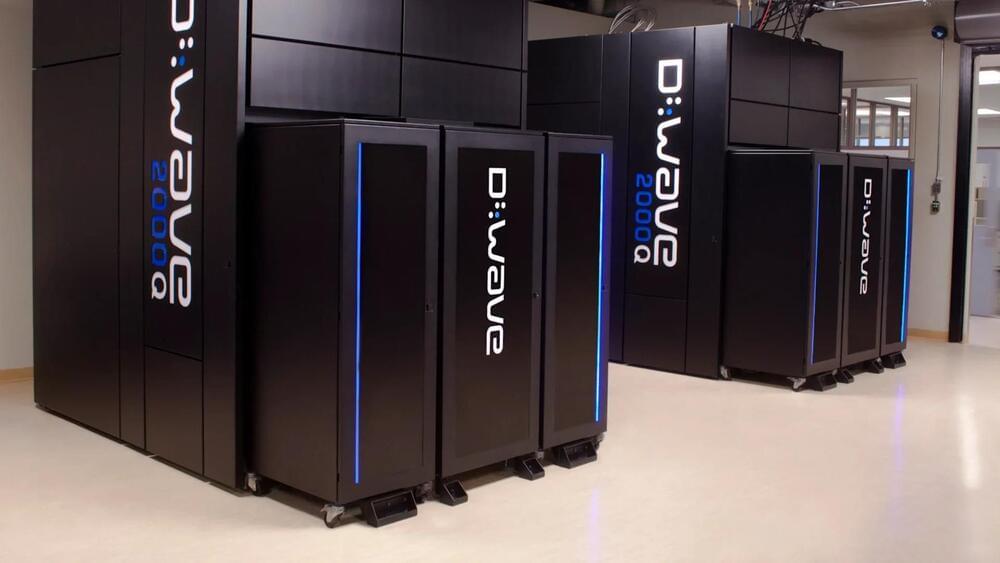
In a global first, quantum computers crack RSA and AES data encryption
A team of Chinese researchers, led by Wang Chao from Shanghai University, has demonstrated that D-Wave’s quantum annealing computers can crack encryption methods that safeguard sensitive global data.
This breakthrough, published in the Chinese Journal of Computers, emphasizes that quantum machines are closer than expected to threatening widely used cryptographic systems, including RSA and Advanced Encryption Standard (AES).
The research team’s experiments focused on leveraging D-Wave’s quantum technology to solve cryptographic problems. In their paper, titled “Quantum Annealing Public Key Cryptographic Attack Algorithm Based on D-Wave Advantage,” the researchers explained how quantum annealing could transform cryptographic attacks into combinatorial optimization problems, making them more manageable for quantum systems.